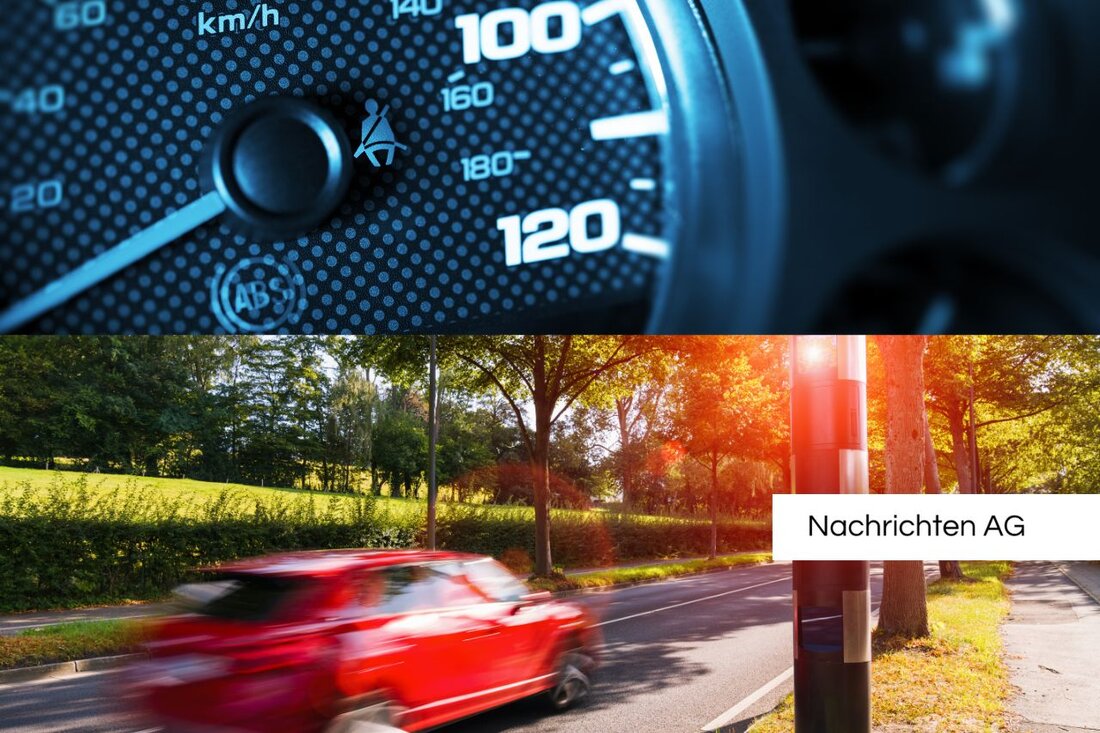Mobile Blitzer in Othal: Pay attention to 70 km/h on June 25th!

Mobile Blitzer in Othal: Pay attention to 70 km/h on June 25th!
Riestedter Straße, 06526 Othal, Deutschland - Today, on June 25, 2025, there is a mobile speed camera in Sangerhausen that could possibly indicate the speed boundaries. According to [news.de] (https://www.news.de/auto/856892724/mobile-blitzer-glebewachbewachung-in-Sanguell-in-Okthal-Wo-Wed-Heute-AM-MITH WEDIAL-25-06-2025-Blitzt/1/) this is located on the Riestedter Straße, in one zone, where a maximum of 70 km/h are allowed. The message about the speed camera came in at 10:02 a.m., while the current information was updated at 1:05 p.m.
speeding is still a big topic in Germany and are the main cause of traffic accidents. It is not for nothing that the Road Traffic Regulations (StVO) have set clear regulations on fines in the event of such violations. Mobile speed cameras are particularly important in this context, because they can be set up quickly, often on tripods or in parked vehicles. The technology behind it is similar to that of stationary flashes and uses electromagnetic waves or light signals for precise speed measurement.
The technology behind the flashes
How does a cycle trap actually work? According to Bussmeldkatalog.org, the speed measurement is based on the Doppler effect: radar waves are sent out and reflected from the vehicle. In this way, jagged and reliably can be determined. In the event of violations, not only the speed is documented, but also a photo of the vehicle and the driver, which contributes to the comprehensibility.
In Germany there are now around 4,400 fixed -installed radar measuring devices that are inpatient or mobile. These flash units are more than just specter for rapid drivers; They are also part of traffic education and are intended to increase traffic safety. They have become increasingly versatile
responsibility and liability
One of the most important topics in speed controls is responsibility: in Germany the driver is liable for his violations, while in Austria the owner is liability. The tolerance values also vary depending on the country; In Germany, for example, there is a deduction of 3 km/h for speeds up to 100 km/h. The income from fines also ensure that the infrastructure and traffic monitoring are supported in the municipalities.
In order to inform citizens about speed controls, there are legal options in Germany, for example through radio stations that can warn where the flash units are set up. In Austria, on the other hand, flashing from behind is common in order to consider anonymous provisions against vehicle owners. Even if some drivers find speed monitoring is annoying, their goal must be the increase in traffic safety and the reduction of accidents, as already on wikipedia.
| Details | |
|---|---|
| Ort | Riestedter Straße, 06526 Othal, Deutschland |
| Quellen | |
